Must-Read Photography Books for Every Photographer and Enthusiast
In today's world of endless information and constant focus on clicks and views, we're surrounded by a flood of short, flashy content and nonstop entertainment.
It feels like everything is judged by numbers — likes on social media, video views, and follower counts. Our attention is pulled in every direction, and our time seems to slip away without us even noticing.
But in this rush for more clicks and more content, are we losing touch with ourselves? When everything feels fast and shallow, we might forget the deeper things we truly need — honesty, reflection, and learning.
For photographers, real growth isn't just about getting better at using a camera. It's about thinking deeply about art, ideas, and the human experience.
That's why we're sharing a list of books worth your time. These books for photographs can expand your perspective, help you slow down, and inspire you to think about the true meaning of photography.

In this article, you will learn:
- Books on Basic Camera Operation
- Books on Photography Basics and Techniques
- Books on Photography Practical Application
- Books on Post-Processing Software for Photography
- Other Must-Read Photography Books
- Conclusion
Books on Basic Camera Operation
Recommended Book:
- The User Manual
No, we're not joking! Believe it or not, most problems new photographers face with their cameras can be solved by reading the user manual. Yes, it might seem boring, but trust us—going through it is worth your time.
That said, some manufacturers only include a simplified or basic guide in the box to save on paper and costs. It's a good idea to visit your camera brand's official website and download the full PDF version of the manual.
It's usually more detailed, easier to follow, and convenient to keep on your phone for quick reference.
With the manual handy, you'll never have to worry about getting stuck while using your camera out in the field.
- Canon camera manual download link: https://www.usa.canon.com/support
- Nikon camera manual download link: https://downloadcenter.nikonimglib.com/en/index.html
- Sony camera manual download link: https://www.sony.com/electronics/support/cameras-camcorders
- Fuji camera manual download link: https://fujifilm-x.com/global/support/manual/cameras/
- Panasonic Lumix camera manual download link: https://help.na.panasonic.com/manuals
Here is another tip: if you run into a problem that the manual doesn't explain, you can always reach out to your camera brand's official customer support online (make sure it's the official website, not a seller like Amazon or other third parties).
Their support team can help answer your questions quickly, accurately, and for free. Questions like, "What does this button do?", "How do I use this feature?", or "Why isn't my camera working?" are all things they can assist you with.
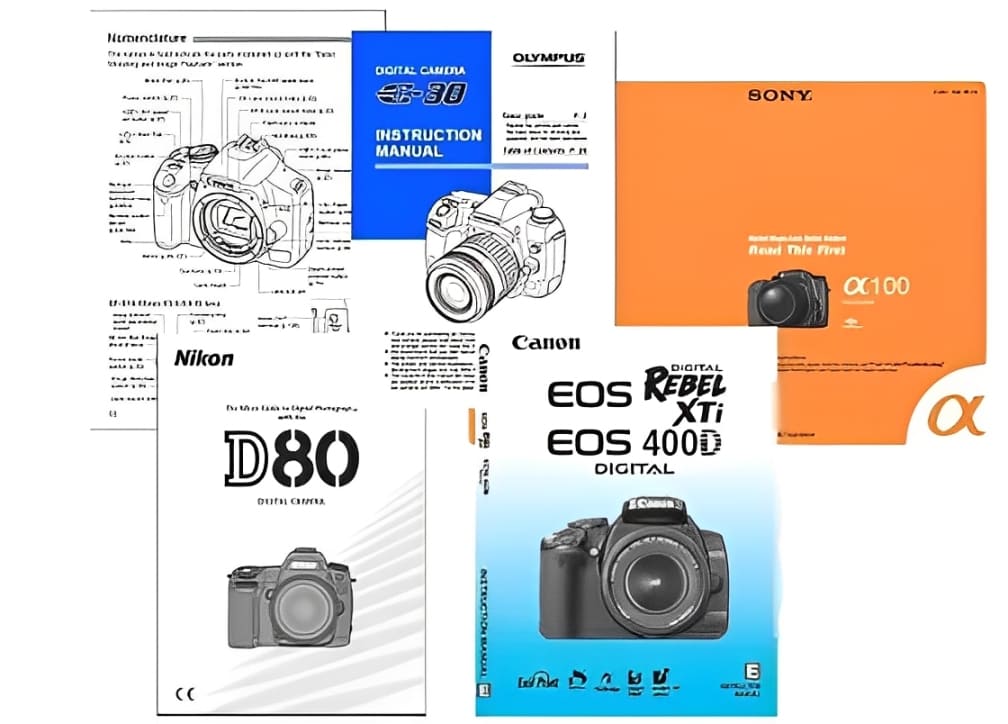
Books on Photography Basics and Techniques
Recommended Books:
Photography is often called the ultimate photography bible, with millions of copies sold on Amazon alone.
The biggest strength of this book is its professional and authoritative approach. It also offers a highly comprehensive framework, covering nearly every aspect of photography learning from start to finish.
However, it's not without its flaws. First, the book dives deep into technical topics, which can feel dry or overwhelming for some readers. Second, while it has been updated to its 12th edition, the book originally came out in the 1970s, so parts of it still feel dated or less relevant for beginners.
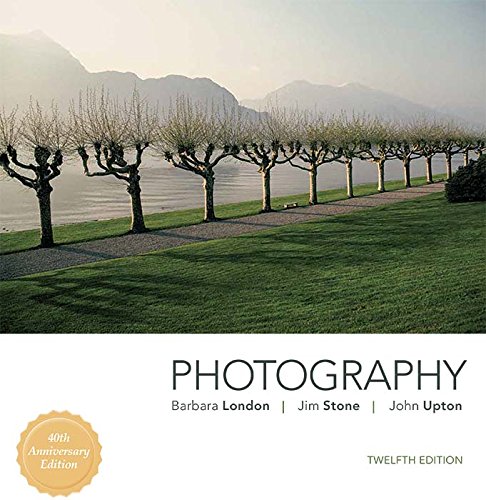
If you're unsure about tackling such a heavy, technical book, Understanding Exposure might be a better place to start. Unlike Photography, which is geared toward professionals, this book is written specifically for beginners and hobbyists.
While it doesn't go as deep as Photography, it covers all the essentials for someone new to the field.
What we really love about Understanding Exposure is how it explains complex concepts in a simple, easy-to-understand way. It makes learning photography feel approachable and fun.
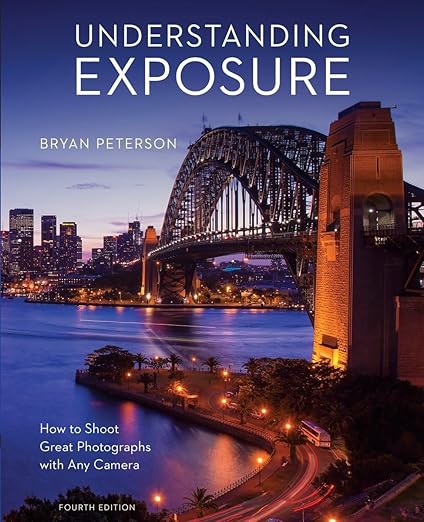
Books on Photography Practical Application
Recommended Book:
The books mentioned earlier focus mostly on using your camera and understanding key concepts. But knowing how to use a camera doesn't automatically make you a great photographer — just like being able to type doesn't make you a writer, or holding a brush doesn't make you a painter.
Visual Poetry goes beyond the basics by offering creative ideas for shooting portraits, family moments, weddings, travel, landscapes, and more. Each section includes practical tips, a gear checklist, and even assignments to help you put what you've learned into practice.
What makes this book stand out is its emphasis on what happens before you pick up the camera. Unlike most photography books that focus on camera settings and techniques, Visual Poetry dives into how professional photographers observe and plan their shots.
It's all about the creative thought process behind the lens.
For example, in the section on family photography, some might think taking photos of kids just means making them look good (and then posting them on social media). But the book emphasizes capturing meaningful moments:
"Photography offers something truly unique — it reframes the way we express our thoughts and freezes important moments in time. It makes these moments accessible and elevates them, creating a foundation for the road ahead. Photos can bring a special kind of joy."
This isn't a typical how-to book or technical manual. Instead, it's about exploring the creative process and even the photographer's mindset toward life and art.
That said, if you believe that photographing kids is simply about making them look good and don't care to dive deeper into creative interpretations, you might find this book overly sentimental or unnecessary. So, choose wisely!
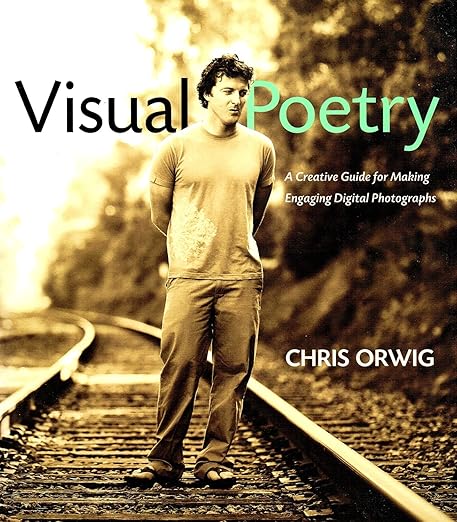
If you're looking for practical tips and techniques to use in your photography, we highly recommend Picture Perfect Practice. Despite its bold title, the content is refreshingly down-to-earth.
The book is divided into three main sections:
- Choosing scenes (like parallel lines, symmetry, and framing)
- Guiding your subjects (including poses, mood, and spacing)
- Shooting techniques (covering light, angles, and perspective)
It also includes plenty of exercises to help you put these concepts into practice.
That said, keep in mind that the author is a wedding photographer — one of the best in the world, no less. As a result, the book focuses heavily on portrait photography, with less coverage of landscape photography.
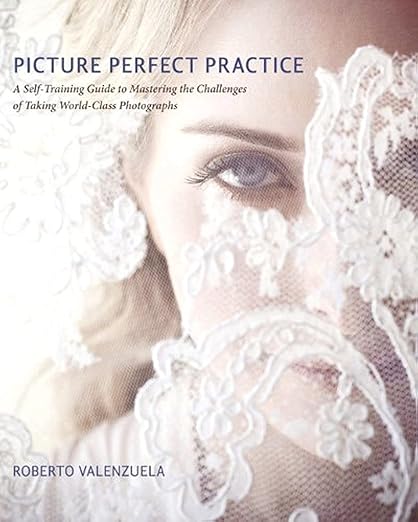
Books on Post-Processing Software for Photography
Recommended Books:
When it comes to post-processing software, most people immediately think of Photoshop. Many beginners dive straight into "Photoshop for Beginners" tutorials or books.
But Photoshop is a powerhouse designed for a wide range of uses, and for photo editing, you'll only need a fraction of its features. In fact, we believe there's no need for photography enthusiasts to aim for "mastering" Photoshop right from the start.
Even professional photographers usually begin by using Lightroom Classic or the Adobe Camera Raw plugin to make basic adjustments before diving into Photoshop.
For beginners, these tools are a much better starting point. Lightroom Classic and Adobe Camera Raw are similar in terms of features and workflow, so either one will work — don't overthink the choice.
If we had to point out the difference: Lightroom Classic is built with photographers in mind and includes robust photo management features. On the other hand, Adobe Camera Raw is part of Photoshop, so it saves space by eliminating the need for a separate app.
If you're using or planning to use Lightroom Classic, we recommend Photoshop for Lightroom Users (2nd Edition).
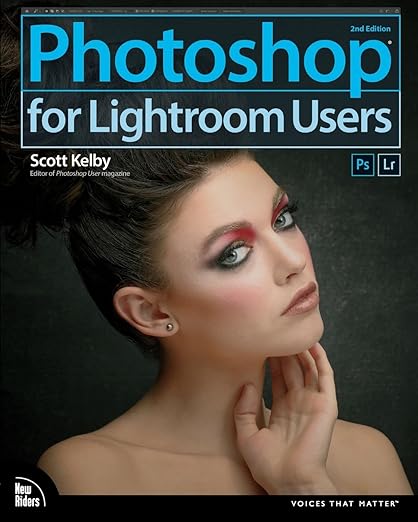
If you're primarily using Photoshop, go for the same author's Adobe Photoshop Book for Digital Photographers.
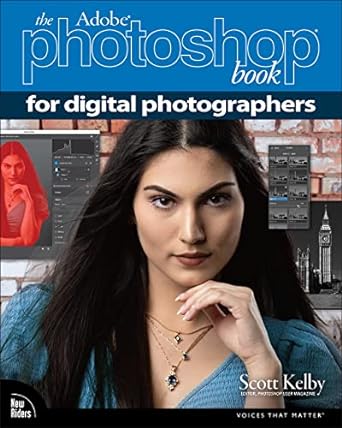
Both books are by photographer Scott Kelby and serve as targeted guides for these tools — essentially "manuals" tailored for photographers.
Don't worry about software updates making the books outdated. Post-processing workflows and core concepts remain consistent across versions, and the content applies to most editing tools. If a new edition comes out, you can always upgrade.
For deeper dives into specific features of Lightroom Classic or Photoshop, check out our tutorial links!
Further Reading:
In your photography post-processing studies, besides reading classic books, some efficient tools can also make your work much easier.
For instance, the TourBox creative console is beloved by photographers and photography enthusiasts. It not only offers intuitive operation but also allows customization of key functions based on different software and personal needs, making the post-processing workflow smoother and more efficient.

If you aim to be more adept at post-processing, TourBox is a worthwhile option to consider. Check out our photo editing page for more insights into the versatility of TourBox.
Other Must-Read Photography Books
Art Theory:
- Why It's Worth Reading: This book dives deep into why we take photos and what photos can achieve. Some of the ideas are truly eye-opening. It's highly recommended for anyone passionate about photography or curious about its history, artistic value, and limitations.
- Before You Buy: Written in the 1970s, this book is more about expanding your perspective on photography than improving your technical skills.

Color Theory:
- Why It's Worth Reading: Covers the basics of color and color psychology, applying these concepts to photography. It can significantly improve your composition and post-processing.
- Before You Buy: The book leans heavily on theory and takes time to absorb. Don't expect immediate, practical results.

- Why It's Worth Reading: Offers a detailed explanation of various composition techniques from a professional perspective.
- Before You Buy: It's highly theoretical and not very engaging, which might make it feel a bit dry.
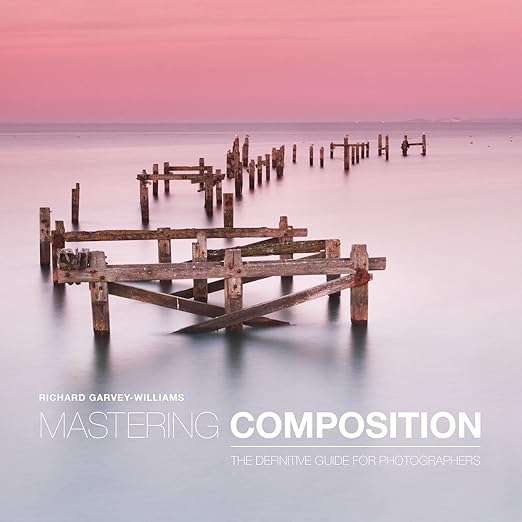
Lighting:
- Why It's Worth Reading: Provides comprehensive coverage of everything related to photography lighting. It's full of practical tips and insights.
- Before You Buy: The book is quite technical and may feel overwhelming for beginners.
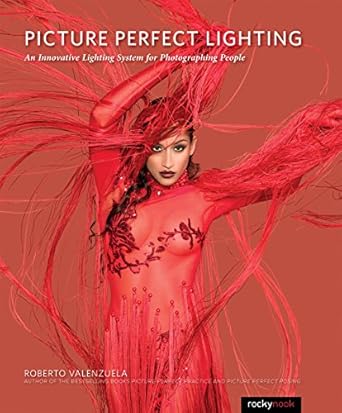
Artistic Expression:
- Why It's Worth Reading: Goes beyond technique to explore the philosophy, creativity, and expressive power of photography — topics often overlooked in other books.
- Before You Buy: While the book is a classic, much of its content focuses on traditional photography, and some sections on digital cameras are outdated. Still, it remains an invaluable resource for photographers.
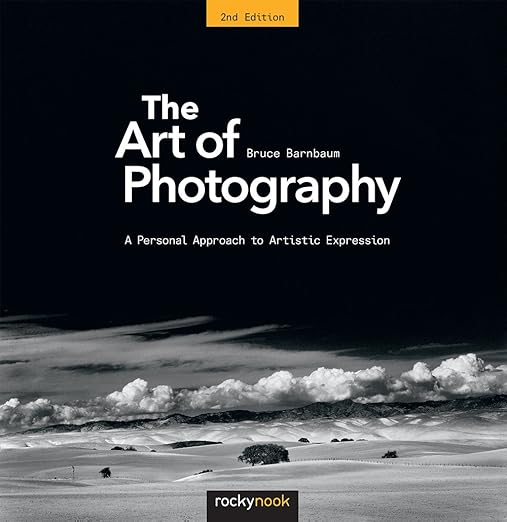
Conclusion
Here is our carefully curated book list for photographers and photography enthusiasts! Thank you for reading through patiently, and we hope these books can offer you some inspiration and assistance on your photography journey.
Of course, we can't guarantee that these books will perfectly meet everyone's needs, nor do we claim they are the best choices in their category. Reading itself is a journey of exploration. We hope you can combine your interests and practical requirements to pick the one that suits you best.
For example, if you have a passion for landscape photography, consider seeking out books specifically on this topic. If portrait photography is your focus, delve into books that explore relevant tools and techniques.
Most importantly, keep your passion for learning alive, keep trying and practicing to capture the beautiful moments that catch your eye!